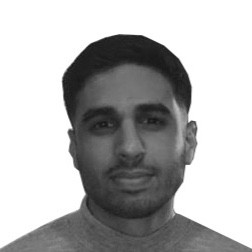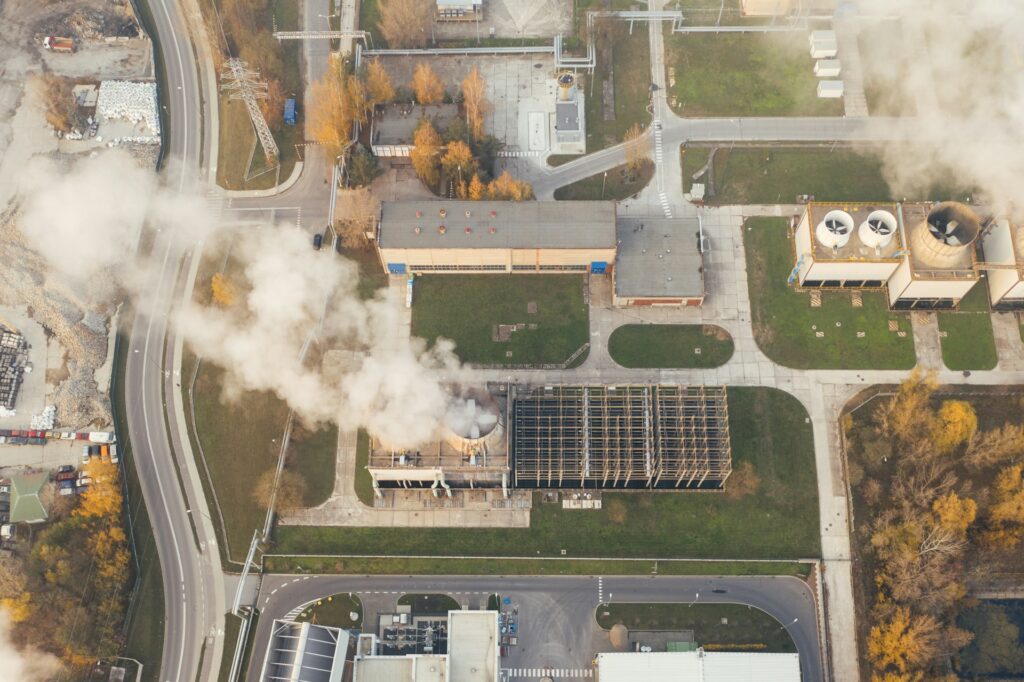Clemson University’s groundbreaking research has been in the forefront at the 2024 Paris Paralympics. As elite athletes showcase their physical capabilities, Clemson’s cutting-edge advancements in human mobility are also taking centre stage, thanks to a collaboration between engineers and Paralympic athletes.
Clemson’s research team, led by professors Divya Srinivasan, Jessica Avilés, and Ge Lv, is working to make exoskeleton assisted movement more accessible for individuals with spinal cord injuries. Avilés and Srinivasan are particularly focused on helping people regain mobility through adaptive exoskeleton technology, with a goal of bringing exoskeleton racing to the Paralympics. Their partner in this effort is Adam Gorlitsky, an exoskeleton racer with an inspiring personal story.
“My goal is to turn exoskeleton racing into a Paralympic and collegiate adaptive sport,”
says Gorlitsky, who holds world records in exoskeleton-assisted marathon races.
Gorlitsky’s journey began after a spinal cord injury left him paralysed in 2005. However, with his determination and technological support, he has become a symbol of how engineering can transform lives.

The research team isn’t just focused on sports but also on making these devices more practical for everyday life. “The more time I spend with Adam, the more I realise how much this technology can be improved,” says Jessica Avilés, the project’s principal investigator.
“We can make it less clunky, lighter, and more user-friendly, which will help more people integrate these devices into their daily lives.”
Divya Srinivasan echoes the sentiment. “It’s rare to find someone who can use an exoskeleton as effectively as Adam. He’s helping us understand what’s possible, accelerating our research by years.” Her words emphasise the critical role that users like Gorlitsky play in the development of these technologies.
Globally, exoskeletons have been making headlines for their revolutionary impact. Earlier this year, French Paralympian Kevin Piette carried the Olympic torch while wearing the Wandercraft Atalante X exoskeleton, a moment that symbolised how engineering can restore mobility.
“It is with pride and honour that I was able to carry this flame,”
said Piette. “Commitment, sport, innovation, inclusion, hope, the future—these are what this technology represents”.
As these exoskeletons continue to evolve, Clemson University’s research brings us closer to a world where mobility is accessible to all, not just through athletic achievements but in everyday life. Whether through racing or walking down the street, the potential is boundless.

Hassan graduated with a Master’s degree in Chemical Engineering from the University of Chester (UK). He currently works as a design engineering consultant for one of the largest engineering firms in the world along with being an associate member of the Institute of Chemical Engineers (IChemE).



